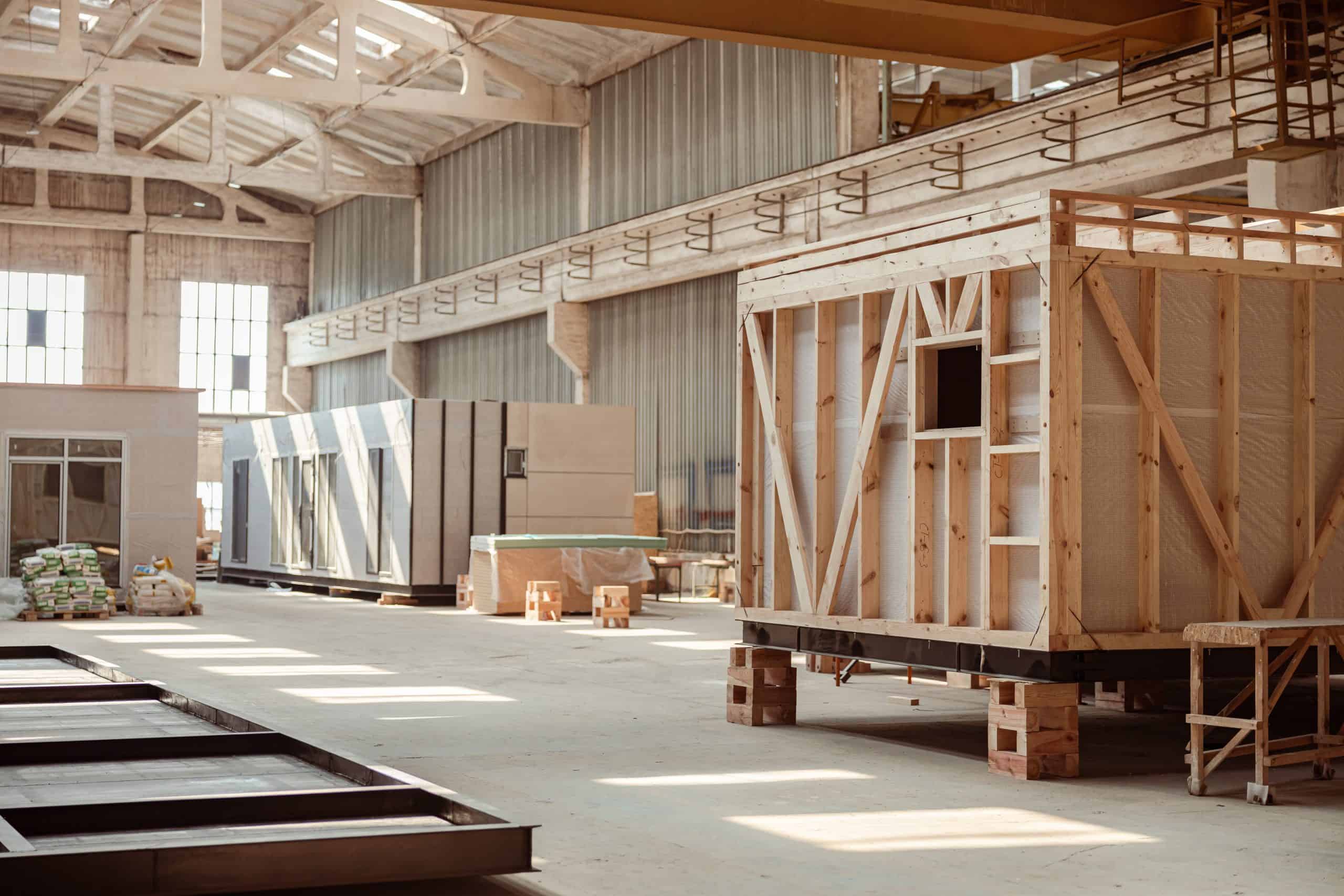Prefabricated (“prefab”) construction refers to the creation of building components that have been constructed in a controlled environment (e.g., a factory) and then transported to and installed at a construction site (prefab buildings are typically constructed from wood, steel, cement, and other materials that are not likely to be damaged during transportation). As technological innovations, such as 3D-printed components, make prefab construction more accessible, it’s worth taking a look at some of the pros and cons, particularly in relation to residential homes.
Pros:
One of the biggest advantages of prefab construction is cost efficiency. As building components can be produced in production line factories, construction costs can be greatly reduced. Additionally, materials are often purchased in bulk, which allows builders a significant discount compared to purchasing individual and custom materials for a site-built home. While total costs may vary based on size and location, a prefab home can cost between $180 to $250 per square foot.
Another advantage of prefab construction is faster construction time. As building components are built off-site and often on production lines, prefab homes can be built more quickly. Additionally, the manufacturing process is not affected by weather conditions, which can often delay on-site construction depending on the location. Depending on the complexity of the design and size, a prefab home can be manufactured and assembled on site within a few weeks to a few months.
A final pro to note is that prefab homes are often more environmentally-friendly than site-built homes due to modern insulation and energy-saving features that can result in lower utility costs. The efficient nature of the manufacturing process also reduces the amount of construction waste produced.
Cons:
One of the main disadvantages of prefab homes is the lack of design flexibility. While site-built homes offer endless customization options for the homeowner, prefab homes often come with standard designs and limited customizations. Homeowners seeking unique or personalized living spaces do not typically have as many options with prefab homes. Due to a streamlined manufacturing process, prefab homes may have a uniform look that lacks aesthetic appeal or character.
Another disadvantage of prefab homes are concerns related to durability and lifespan of manufactured materials. As prefab is still relatively new, the longevity of certain materials, such as roofing materials, is uncertain. If some prefab materials have a shorter lifespan compared to traditional materials, this could correspond with more costly repairs.
Securing financing for a prefab home may also be more challenging as opposed to obtaining a mortgage on a traditional home. Traditional lenders may be less familiar with prefab homes and impose stricter requirements to secure financing. Similarly, insurance brokers may impose stricter or more costly coverage options on a prefab home.
In summary, there are many pros and cons to prefab construction, particularly in building prefab homes. A homeowner looking to purchase a prefab home should carefully consider the advantages and disadvantages in order to make an appropriate decision.
Looking for a team to take the lead on your next project? At Pulse Construction, we’re committed to doing business with an honest, professional, and competitive approach – without compromising safety or schedules. Contact us today for all of your building needs.



